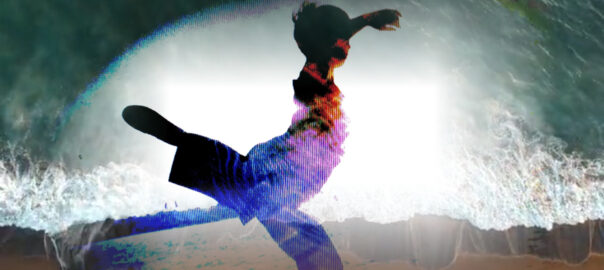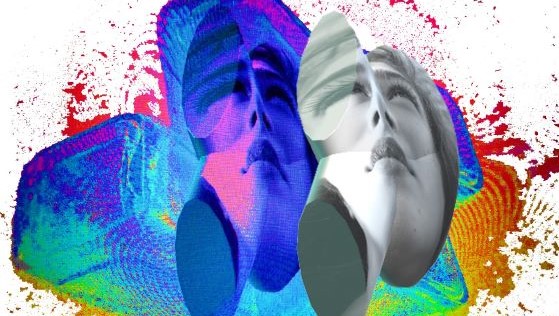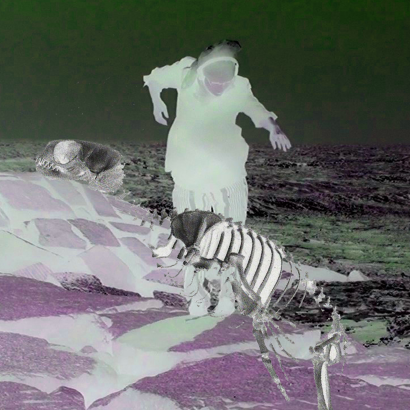SPACE DANCE & DESIGN Online
/ スペースダンス&デザイン・オンライン
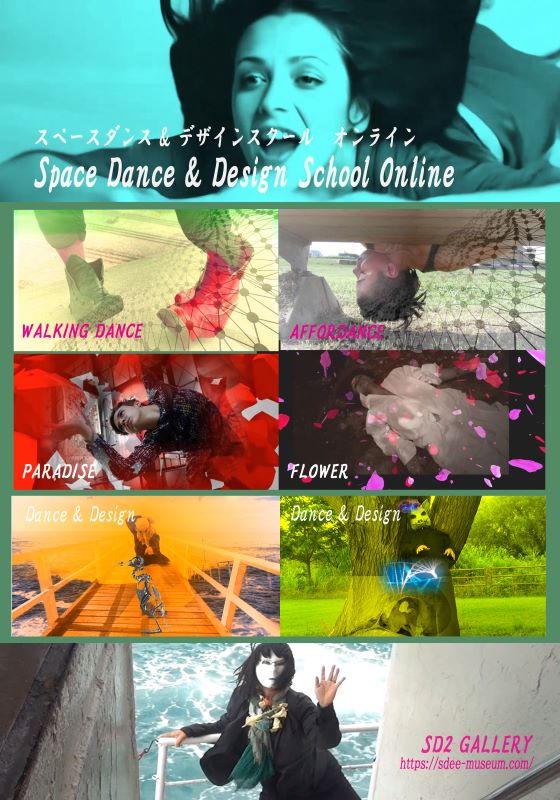
At Space Dance School Online we train the students to learn the essence of space dance and present the results every month to develop them as the artists who can be active throughout the lifetime without being influenced by the trends of the times.
スペースダンススクール・オンラインでは、 スペースダンスのエッセンスを学び、その成果を毎月発表することを通して、時代の流行に左右されずに生涯にわたり能動的に活動できるアーティストを育成します。
Also, our goal in Space Dance is to have Space Dancers create designs that each person needs, either alone or through collaboration, under the concept of “Dance & Design“. Space Dance is not limited to the world of dance.
また、私たちはスペースダンス の目標として、「ダンス & デザイン」のコンセプトを掲げてスペースダンサーが各人に必要なデザインを、単独で、或いはコラボレーションを通して誕生させることも掲げており、スペースダンスはダンスの世界だけに閉じることはありません。
…………………………………
Space Dance Workshop 4 Chapters
/ スペースダンスワークショップ 4章
Chapter 1 “WALKING DANCE”
第1章『ウォーキングダンス』
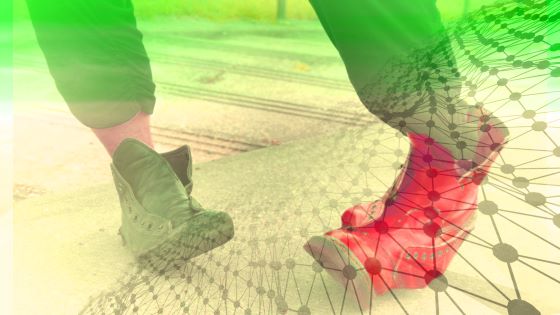
Dancers make a “Most gentle walking in the world” forming the amicable relationship between the feet and the ground. Dancers move the attention back to the memory of the far past and reminisce the moment when the humans realized the “Miracle of the Bipedalism” by two legs, and experience the “Feeling as starting the humans again“. In order to deepen its experience, dancers try to quest, prepare the tools if they feel a necessity, and make a more unique way of walking as a dance.
ダンサーは、足と地面の間に親和的関係を形成し、「この世でもっともやさしい歩行」をつくります。注意をはるかな過去の記憶に遡らせ、人間が二本の足で立ち「二足歩行の奇跡」を実現した瞬間を追想し、「人間をはじめ直す感覚」を体験します。その体験を深めるために、さらに独特な個性的な歩き方をダンスとして追求し、必要な道具があれば用意し、試みます。
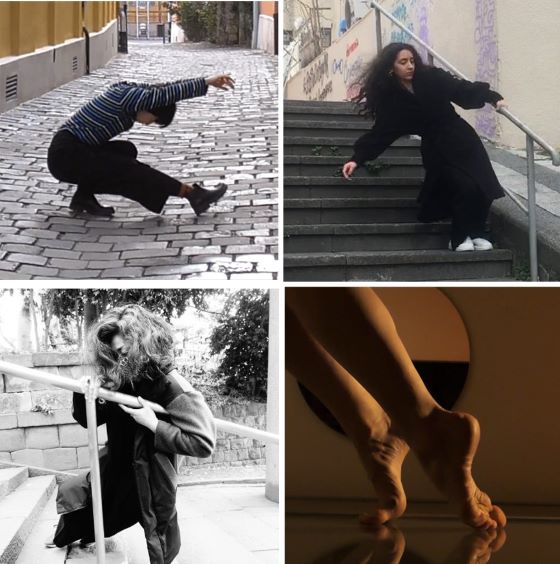
…………………………………
Chapter 2 “Affordance”
第2章『アフォーダンス』
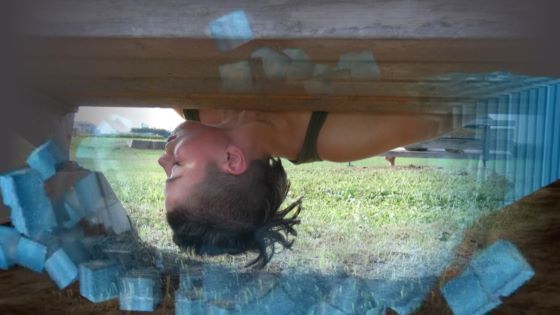
The body keeps one unity with the environment, so we can’t handle the body independently. At first, on this chapter, dancers study the way how to handle the body well. Dancers organize their body as the “Object“, not as the subject, then they clear the senses, and they try to get back an amicable relationship between body and space. In this dance, if dancers can feel that they don’t dance alone, the space dance together with them, in that time its dances are successful.
身体は環境と一体であり、身体だけを独立して扱うことは出来ません。はじめに、ダンサーはスペースダンスにおける身体の扱い方を学びます。身体を、主体ではなく、「客体」として扱い、感覚を澄ませ、身体とスペースの間に親和的関係を成立させます。そして、自分一人がダンスしているのではなくスペースが自分と一緒にダンスしているように感じられるなら、このダンスは成功しています。
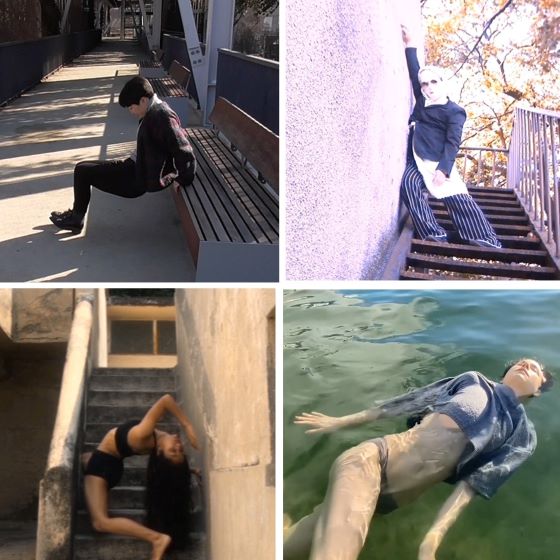
…………………………………
Chapter 3 “PARADISE in the LITTLE MOVING”
第3章『小さな動きの中の天国』
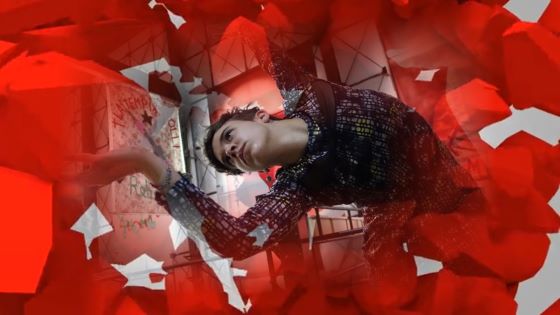
Dancers don’t consume all energy which flow in the body and dare to select “Little Moving” controlled the dance, then they experience the world of the energy which expand like a snowball, so they never feel tired. And, dancers know the “Hidden Unknown Movement’s World” in dance movements, then they touch the top of dance by the continuation of “Little Moving” and realize “PARADISE, freedom possible all movements in all directions” with a big joy. Dancers touch a climax of dance and get back the “Wildness” lost in our life.
ダンサーは、身体に流れ込むエネルギーをすべて消費せず、あえて動きを制御して「小さな動き」を選択し、そこに留まることで、雪ダルマのように膨張するエネルギーを体感できます。そのため、ダンサーは疲れることを知りません。そして、自分のダンスの動きの中に「隠された未知の動きの世界」が存在する事を知り、「パラダイス~あらゆる動きが可能になる自由」を大きな喜びをもって体験し、ダンスの頂点に至り、失くしていた「野生」を取り戻します。
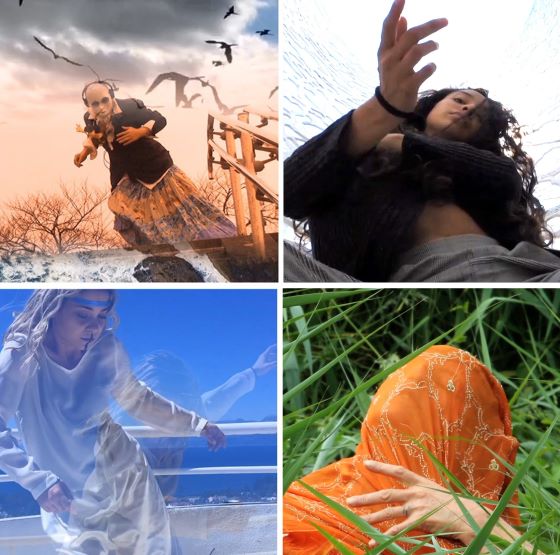
…………………………………
Chapter 4 “FLOWER”
第4章『花』

How to do to end our dance? “Everything that starts” has the “End” sure. And on this theme we add one more theme as “Design for the Death” to show how to end our life. How do we want to die? Beyond the end of “Death” we can expect the beginning of “Next Life“. Dancers sit down quietly and lie down, and look back upon the joys and sorrows they have ever experienced, then, as a ritual, and as a “Flower“, they celebrate the beginning and the end, death and rebirth.
どのようにダンスを終息させたらよいでしょうか。「始まったもの」には必ず「終わり」があります。そして、このテーマに、どのように人生を終息させるかという「死に方のデザイン」を重ねます。私たちはどのように死にたいでしょうか。「死」という終息の先には、「次の生」という始まりが予想されます。ダンサーは静かに座り、そして横たわり、これまでに体験した人生の喜びと悲しみについて追想し、始まりと終わりを、死と再生を、一つの儀式として、「花」として祝います。
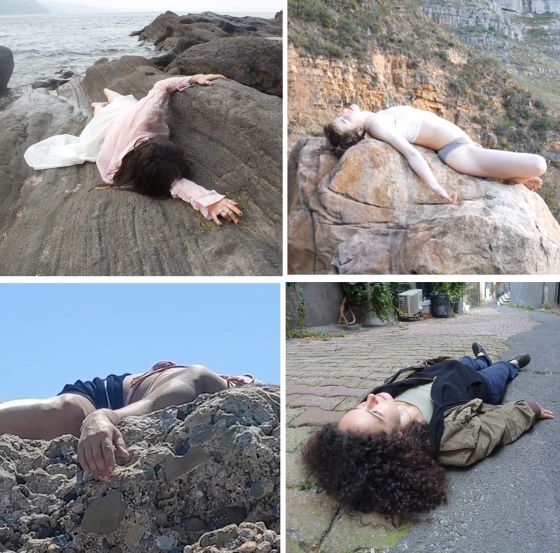
…………………………
Space Design Workshop
/ スペースデザインワークショップ
“DANCE & DESIGN” / 『ダンス&デザイン』
Space Dance has the ultimate goal of creating design. This point is different from other dances that are performed outdoors. As a design goal, choose one that suits you from themes such as “shoes, clothes, furniture, object, space, memory, image, sound, smell, sense of touch, dialogue,” etc. If you don’t have one, create your own theme and look at that scene. “Dance & Design” is organized with the expectation of collaboration with designers, so that there is a higher possibility that a designer will appear and say, “I want to design <it>.”
スペースダンスは、デザインの誕生を最終目標として掲げています。この点が、屋外等でダンスする他のダンスと違います。デザイン目標として「くつ・服・家具・モノ・空間・記憶・イメージ・音・匂い・触感・対話」等のテーマから自分に合うものを一つ選択し、なければ自分のテーマを作り、そのシーンを見たデザイナーが「<それ>をデザインしたい」と言って登場する可能性が高まるように、デザイナーとのコラボを期待して「Dance & Design」を構成します。
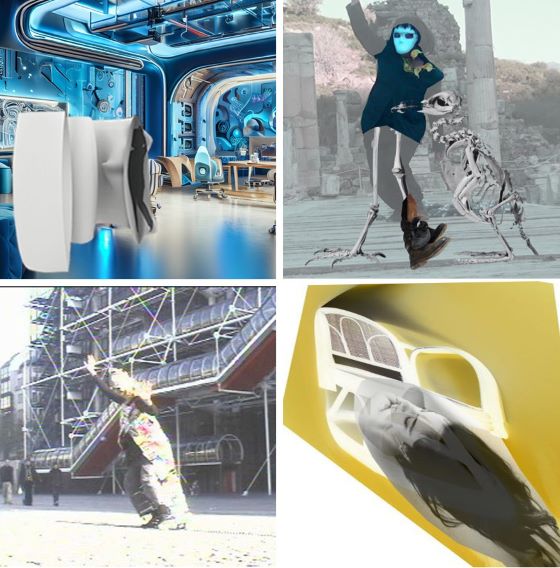
………………………..
■ Tetsuro Fukuhara (Kumano, Japan)
Tetsuro Fukuhara is Director of Tokyo Space Dance, Space Dance Choreographer, Writer, and Photographer. 2006, “One Day at Universe” was published by Japan Aerospace Exploration Agency (JAXA) in Tokyo. From 2009, he has hold Space Dance Project in Asia, Africa, Middle East, Europe, South-Middle-North America, and Japan. 2018, “VISION of BODY” was published in Warsaw, Poland and he presented “APAROS – AI Robot as My Alter Ego” at Kopernik Science Center. Now he is preparing to open “Space Dance & Design Museum” based on a concept “Dance & Design.”
…………………………………………..
■ REFERENCE “Space Dance in the Robotic Universe”
by Tetsuro Fukuhara / 参考作品『スペースダンス・
イン・ザ・ロボティックユニバース』 by 福原哲郎
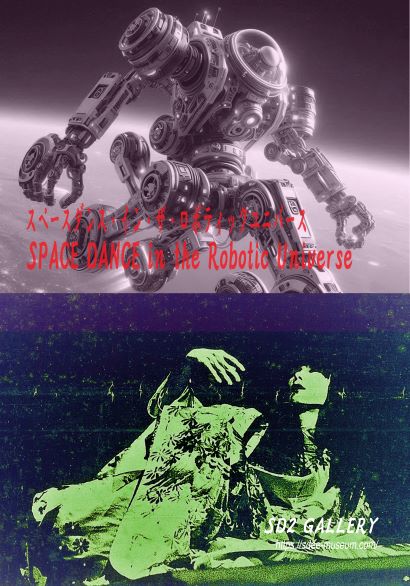
In the 1970s, during the time Laulie Anderson was lionized as a “Bearer for Technology”, on the other side, she said “basically my work is story telling, the world’s most ancient art form” and she was one step away from media and criticisms that emphasized only her technology used. Because she couldn’t find the technology that she needed to express her “Story” around her, so she just created it by herself. It is just like, for example, “Carpenter who could built a very unique beautiful house using the treasured saws and canna” doesn’t say much about “Saws and Canna”. Because the thing to display is the “Work” of the house, not the “Tools” needed for it. The fact that only “Saws and Canna” are talked about is unwilling to the carpenter.
In the same, for the people whose expression of their “Story” is important, there is no need to use “One Tool” if it doesn’t help well to express their “Story”, even if it is a big trend now. There is no reason to be criticized as outdated. It is important to use the technology if they need it and to create their own technology if they don’t find it, rather than being swayed by new technologies that are born one after another.
We believe that for the artists living in the era of over-technology, this sense will be an essential talent that promises the creativity and evolution as an artist.
ローリー・アンダーソンは、1970年代に「テクノロジーの旗手」としてもてはやされていた時、一方で、「私の仕事は物語をすることです。社会で最も古い芸術の形式です」と言い、使用したテクノロジーについてのみ強調するマスコミや批評からは一歩距離を置いていました。彼女は自分の「物語」を表現するのに必要なテクノロジーが周囲になく、仕方なく自分で作っただけだったので。それは、例えば「秘蔵のノコギリとカンナを使って他に類例のない美しい家を建てた大工」が「ノコギリやカンナ」については多くを語らないのと同じでは。展示すべきは家という「作品」で、それに必要だった「道具」ではないので。「ノコギリやカンナ」ばかりが話題にされるのは、当人には不本意なわけです。
同様ですが、自分の「物語」の表現が重要な者には、いま「或る道具」が流行っているからといって、自分の「物語」の表現に役立たないならそれを使用する必要は全くありません。時代遅れと言われる理由もありません。次々に誕生する新しいテクノロジーに振り回されるのではなく、必要なテクノロジーがあれば利用し、無ければ自分で作ること。
テクノロジー過剰の現代を生きるアーティストには、このようなセンスこそ、アーティストとしての独創性と進化を約束してくれる必須の才能であると思います。
………………………………………….
[all rights reserved copyright @ tokyo space dance]
